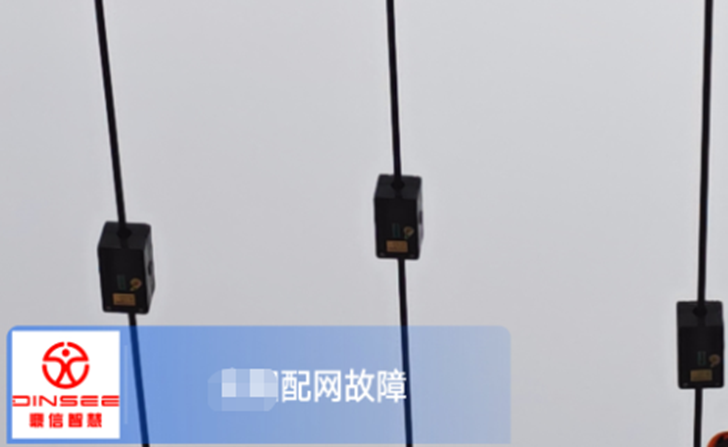Traditional power line fault location relies on methods such as impedance measurement and fault indicators. Affected by line load variations and terrain interference, location errors often reach 1-2 kilometers. In mountainous areas, a 1-kilometer error could mean climbing an extra mountain or crossing an additional river.
In modern distribution grids, demands for power supply reliability continue to rise. When line faults occur, swiftly pinpointing the fault location to minimize outage duration presents a core challenge for operations and maintenance teams. Dingxin Smart Technology Co., Ltd.'s DX-WPS100-GZ03 distribution line traveling wave fault locator leverages the exceptional positioning accuracy and rapid response speed of traveling wave distance measurement technology, emerging as a key enabler for intelligent distribution line fault detection.
The advantages of the traveling wave fault locator for distribution lines are primarily reflected in the following aspects:
1. High-precision location: This device achieves fault point localization with an error margin of less than 100 meters for overhead line faults and even smaller for cable line faults.
2. Sensitive Fault Detection: Utilizing high-frequency traveling wave signals, it captures and locates high-resistance ground faults, meeting the detection and localization requirements for distribution network faults.
3. Universal Fault Type Coverage: Capable of locating faults including single-phase grounding, phase-to-phase short circuits, and lightning strikes.
4. Neutral Point Configuration Independence: Operates effectively in distribution systems with various neutral grounding methods, including resistive grounding and arc suppression coil grounding.
5. Live-Line Installation: The traveling wave sensor features an open-loop, core-through design, enabling installation without power interruption and without affecting primary or secondary grid circuits.
6. Multi-Channel Result Notification: Supports result retrieval via mobile app, SMS, and web browser.
7. Real-time Monitoring: The device continuously monitors distribution network operational status, providing timely alerts for anomalies to effectively prevent faults.
8. Remote Control: Features remote operation via smart terminals or mobile devices, enabling efficient management of distribution networks.
9. Wide Adaptability: Suitable for diverse distribution networks including urban, rural, and industrial park grids.
10. Energy Efficiency & Environmental Protection: Incorporates low-power design to reduce operational energy consumption, meeting energy-saving and environmental protection requirements.
11. Intelligent Diagnostics: Features intelligent diagnostics to evaluate and predict distribution network operational status, proactively identifying potential fault risks.
12. Strong Compatibility: Seamlessly integrates with various types of power management systems to enable data sharing and interaction.





